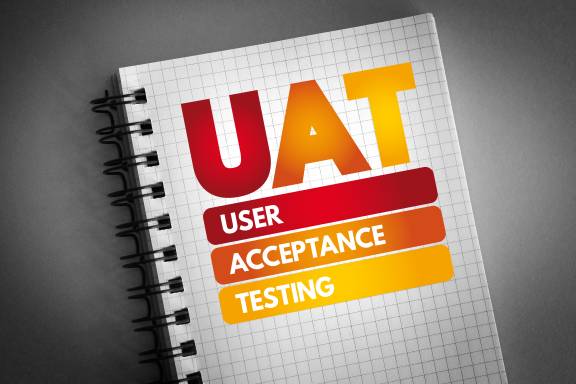In almost every case, developing a software package has one goal: meeting the end user’s needs. To achieve that, many development organizations and teams utilize user acceptance testing (UAT) through internal testing teams or external companies.
Read on to learn all you need to know about UAT and why it is important to improving customer satisfaction.
What is user acceptance testing?
UAT is also known as “end-user testing,” “acceptability testing,” and “beta testing.” From social media apps to programs that help people print copies of documents, UAT covers the entire software experience and is the last phase before the product is officially released. Developers use it across the software industry.
Testers can be anybody who uses the product or understands what it is supposed to do and how to identify, retest, and document bugs. But if you’re looking for professional testers, companies like XBOsoft provide that service.
How UAT works
The purpose of UAT testing is to identify bugs in the everyday operation of the application and verify that the application does what the client expects. Testers work off of a checklist that contains all the user requirements plus basic functions.
When a bug is discovered, the tester will try and replicate that bug in several daily operational scenarios. They will try and document whether the bug is common or rare. For every bug discovered, the tester will issue a report highlighting the bug, when you activated it, and how it hindered normal software operability.
While that process occurs, you will test the application to verify that it meets the client’s list of required criteria and mandatory functions. If, for example, an application is supposed to offer mobile operability like on a laptop or PC, the tester would verify the application on several mobile devices, performing multiple operations.
How operations issues are addressed
When a bug or application shortcoming is identified, the tester will coordinate with developers to isolate the bug or the function that does not meet client expectations. The developers analyze the bug or shortcoming, coordinate with project managers and determine if you can address the issue quickly to get the product rereleased on time or if applying a fix should wait until after the release.
If there is no time to make a fix, developers, project managers, and client representatives will figure out a time to implement an update to the product that addresses the issue.
Why is UAT important
UAT drives customer satisfaction. The customer will complain if a product is bug-filled or lacks basic, customer-requested functions. If the issues are severe enough, the customer will reconsider their relationship with the software and the developer.
An unhappy customer can result in delayed payment, demands for discounts or refunds, and even prompt a really unhappy customer to look at alternatives.
Final thoughts
Not testing products is asking for trouble. Acceptance testing by end users helps avoid or address problems that reside in a product. Without it, you are just hoping their software will work without issues for the customer, which is never a good strategy.






![YouTube SEO in 2024 [Definitive Guide]](https://getpixie.com/wp-content/uploads/2024/02/shutterstock_1684828252-1-150x150.jpg)








